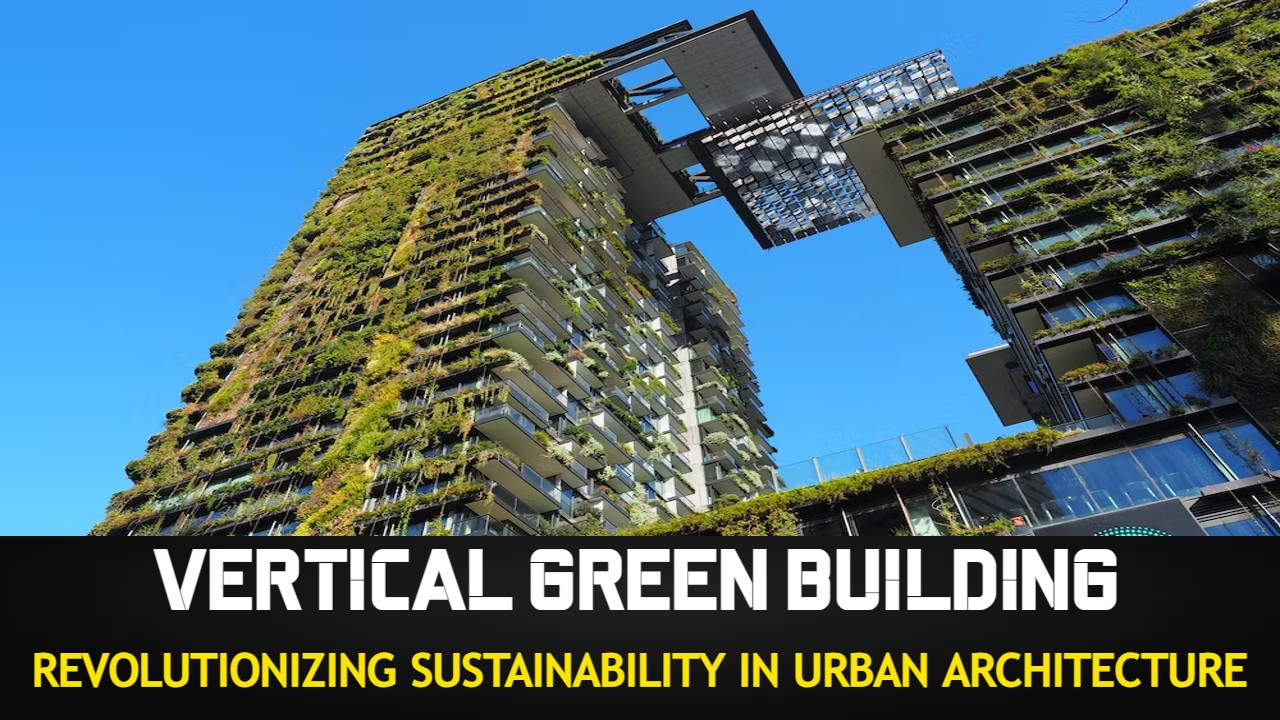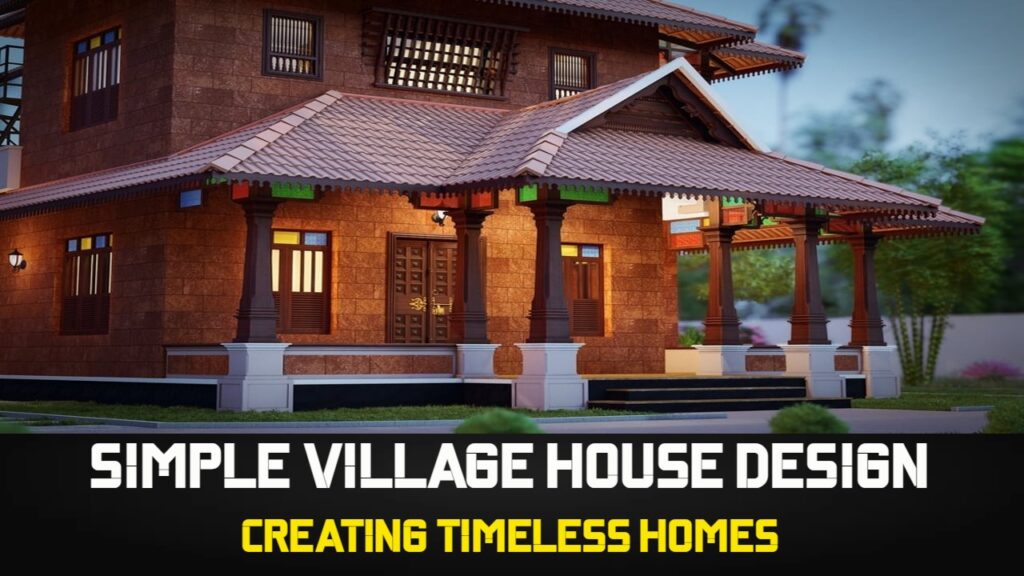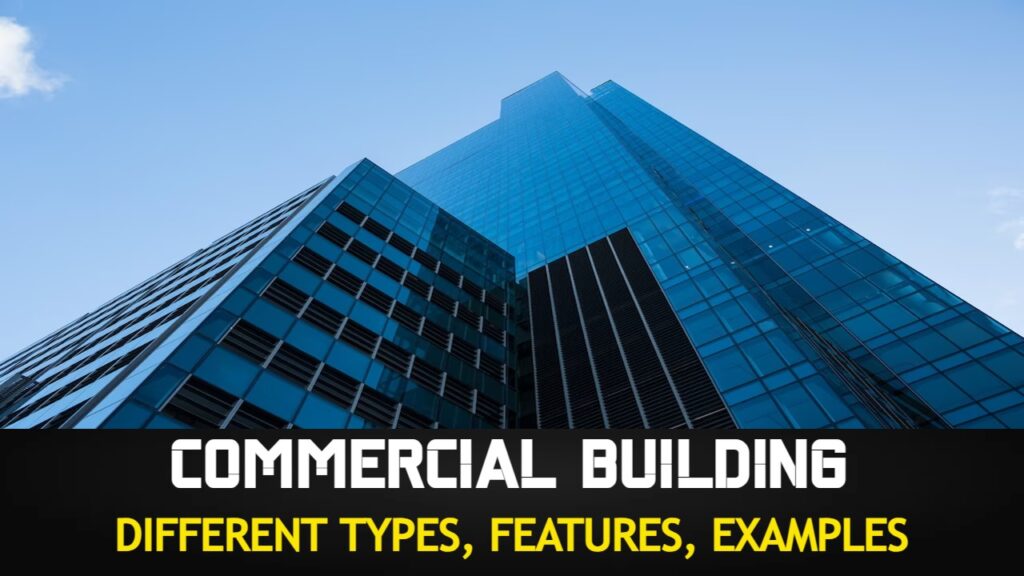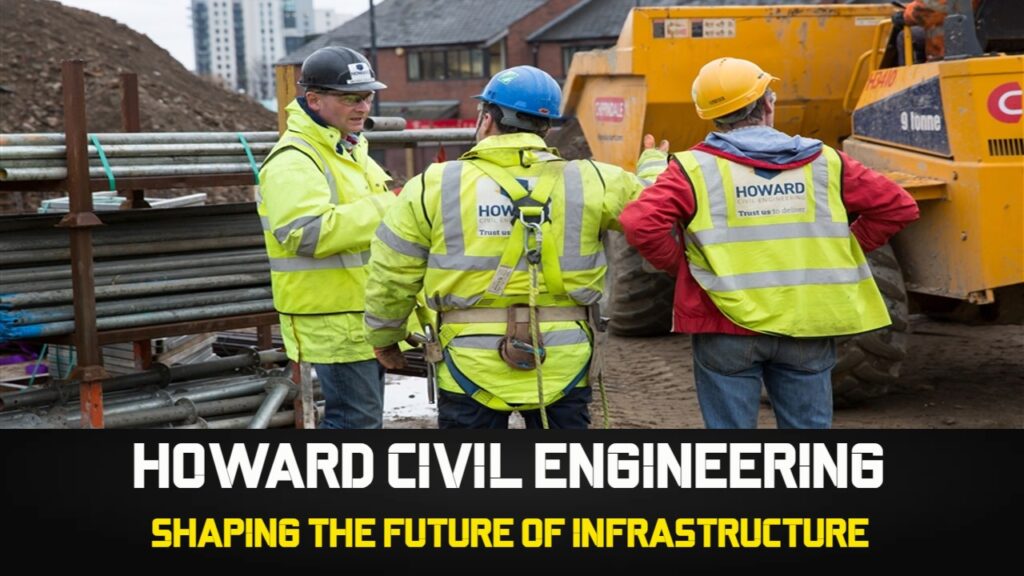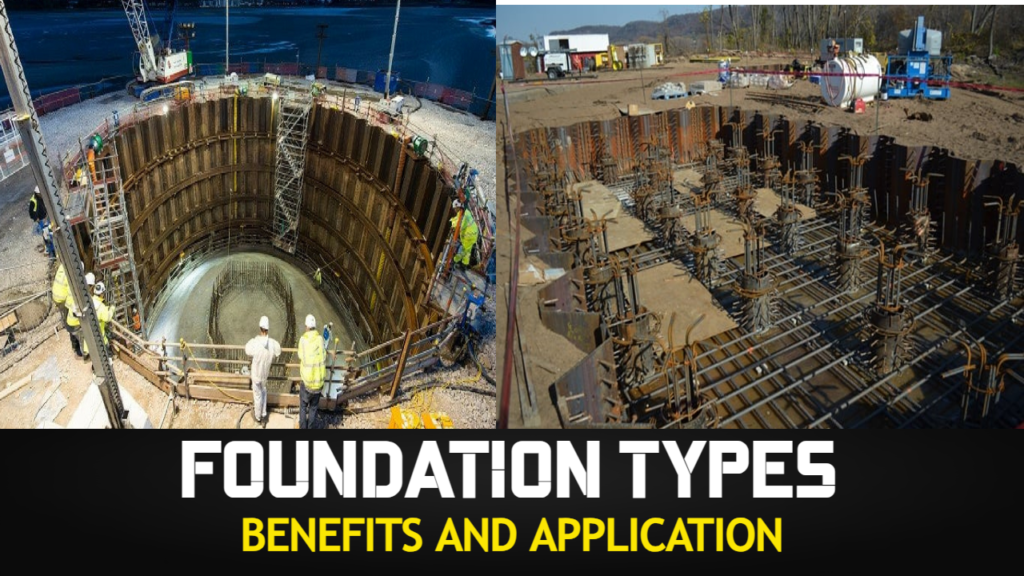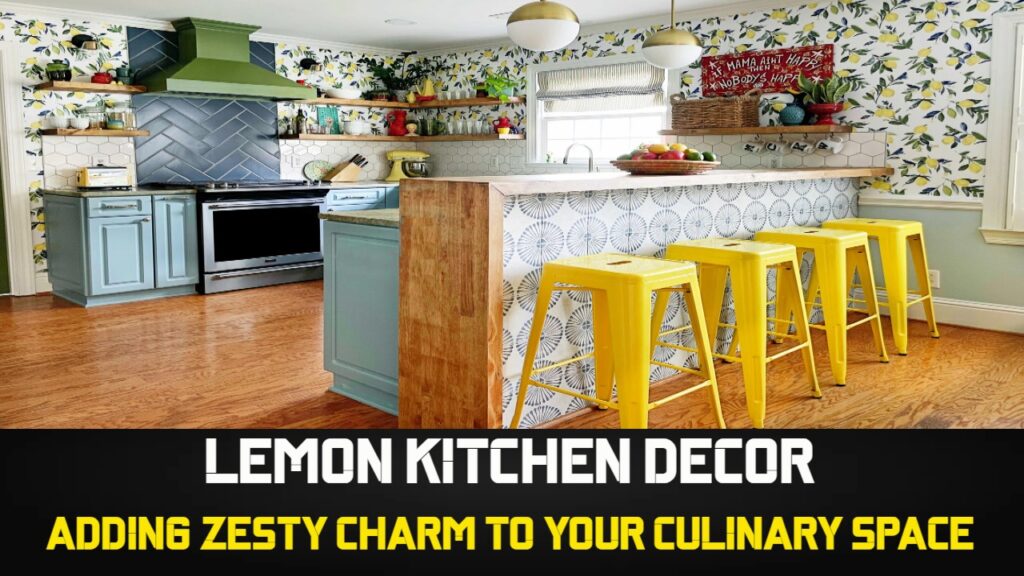As a ground-breaking response to the problems of urbanisation and sustainability, vertical green buildings have arisen. These architectural wonders are altering skylines all over the world by integrating greenery and natural features with sustainable design principles. We shall discuss the idea of vertical green buildings in this post, as well as its advantages and contribution to sustainable development.
Contents
What are Vertical Green Buildings?
Vertical green buildings, commonly referred to as green skyscrapers or green high-rises, are built with sustainability and environmental responsibility in mind. They incorporate green areas, such as vertical gardens, green roofs, and living walls, to go beyond traditional structures. These environmentally friendly features also contribute to the creation of visually beautiful and useful places.
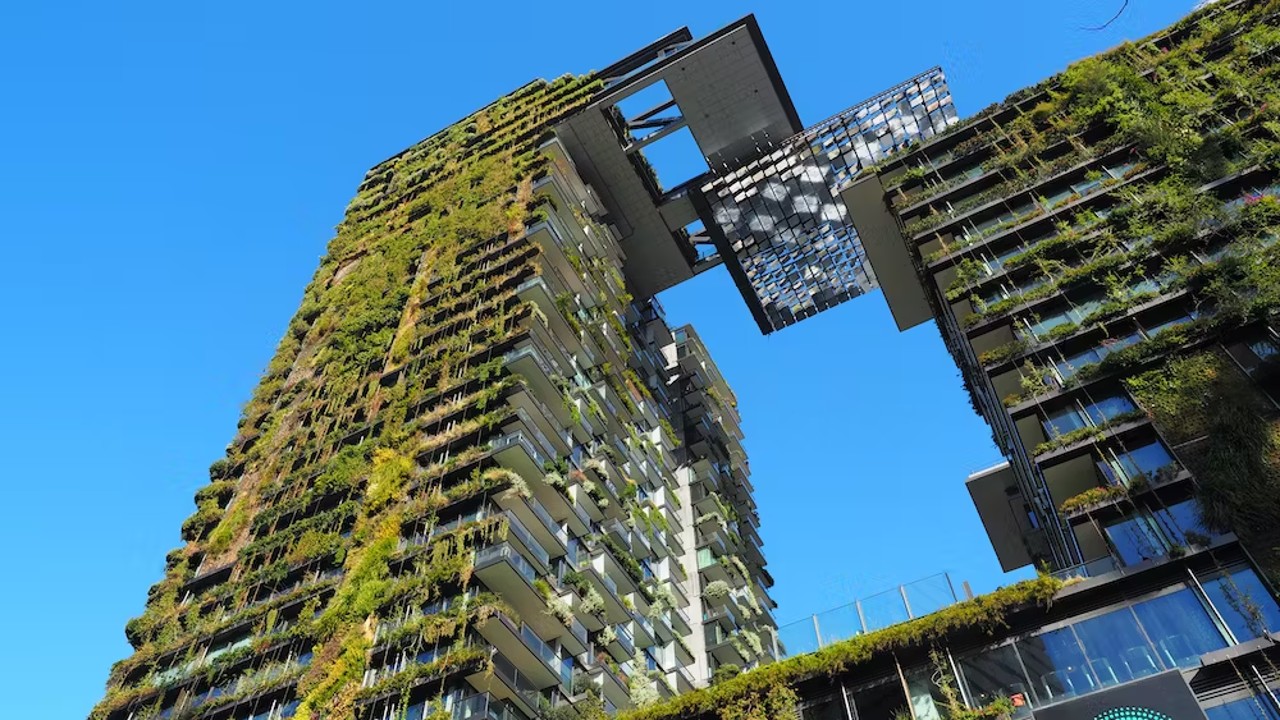
We will delve into the idea of vertical green buildings in this essay, outlining its main characteristics, advantages, and effects on sustainable growth. We want to provide readers a thorough grasp of the importance and benefits of vertical green buildings in the modern world by going into the specifics. Let’s set off on this insightful adventure to learn more about the revolutionary possibilities of vertical green structures.
Future of Vertical Green Buildings
Given that society continues to place a high value on environmental responsibility and sustainability, the future of vertical green buildings is quite promising. The following are some major themes and advancements influencing the development of vertical green buildings:
Advancements in Technology: The development of vertical green buildings is being significantly influenced by the quick improvements in technology. Technology is allowing more sustainable and smarter designs, from smart energy management systems and sensors that optimise resource utilisation to innovative building materials that boost energy efficiency. Vertical green buildings are becoming more and more integrated with renewable energy sources, such as solar and wind power, increasing their energy independence and environmental friendliness.
Vertical Farming and Urban Agriculture: As a strategy for tackling food security and sustainable agriculture in urban settings, vertical farming is gaining popularity. To grow fresh produce within the structure, vertical green buildings can combine vertical farming systems, hydroponics, and aquaponics. With this strategy, less traditional agriculture-related transportation expenses, carbon emissions, and water use are generated. Urban agriculture will continue to be supported by vertical green structures, which will encourage local food production and provide access to wholesome, fresh food.
Integration of Artificial Intelligence (AI) and Automation: AI and automation systems will be integrated into vertical green building construction in the future. Artificial intelligence (AI)-driven solutions may optimise energy use, track and modify building systems in real time, and boost overall effectiveness. It will be easier to cultivate plants and require less human involvement if irrigation, lighting, and climate management are automated. The performance and sustainability of vertical green buildings will be improved, and operating costs will be decreased.
Biophilic Design and Wellness: Vertical green buildings will continue to emphasise biophilic architecture. Including natural elements like plants, water features, and natural light would improve tenant contentment and well-being while also increasing productivity. Environments that prioritise human health and connection to nature will be created by integrating wellness-focused facilities including meditation rooms, exercise centres, and green common areas.
Resilient and Climate-Adaptive Designs: Future vertical green buildings will have an emphasis on resilience and flexibility due to the growing problems faced by climate change. Designs will include elements that can survive harsh weather conditions including heat waves, storms, and flooding. Utilising green infrastructure can assist manage water supplies and lessen the effects of climate-related hazards, such as green roofs and rainwater collection systems. These structures will contribute to the overall resilience of metropolitan regions and act as role models for climatic resilience.
Global Adoption and Regulations: Global adoption of green construction practises and laws will rise as awareness of sustainability and climate change rises. To promote the development of vertical green buildings, governments, organisations, and communities will put in place stronger regulations and financial incentives. Sustainability will be made a priority in future urban development thanks to expanding building rules and certifications like LEED and BREEAM.
Vertical green buildings have a bright future. The evolution of these sustainable buildings will be influenced by technological developments, vertical farming, AI integration, biophilic design, resilience, and worldwide acceptance. In order to construct livable, resilient cities that prioritise environmental protection and the welfare of their citizens, vertical green buildings will continue to be essential.
Also Watch: North Sea Protection Works in the Netherlands: Exploring the Dutch Coastline
Environmental Benefits of Vertical Green Buildings
Numerous environmental advantages provided by vertical green buildings help create cities that are more environmentally sound and sustainable. These advantages consist of:
Improved Air Quality: Natural air purifiers are vertical green constructions. These buildings’ considerable greenery and plants significantly lower air pollution levels by absorbing carbon dioxide and releasing oxygen through photosynthesis. Additionally, the presence of plants aids in filtering hazardous airborne pollutants including nitrogen dioxide, particulate matter, and volatile organic compounds (VOCs), which gives residents access to cleaner and healthier air.
Energy Efficiency: These structures include eco-friendly architectural features that improve their energy efficiency. Greenery is strategically positioned to offer natural insulation and shade, which reduces the need for excessive artificial cooling or heating. Solar panels, energy-efficient lighting, and smart energy management systems are further elements that further cut energy use, resulting in lower carbon emissions and less stress on power networks.
Urban Heat Island Mitigation: Urban heat islands are caused by tall structures and concrete surfaces because they absorb and reflect heat. The use of vertical gardens, living walls, and green roofs in vertical green buildings helps to counteract this issue. Through evapotranspiration and shade, these environmentally friendly elements assist cool the surroundings, lowering ambient temperatures and using less energy to cool buildings.
Stormwater Management: Vertical green structures are essential for controlling stormwater runoff. Rainwater is absorbed by green roofs and vertical gardens, which eases the strain on drainage systems and lowers the chance of floods. These structures also assist in enhancing water quality by collecting and filtering rainfall, which eases the burden on nearby water supplies.
Biodiversity Conservation: Vertical green structures are essential for controlling stormwater runoff. Rainwater is absorbed by green roofs and vertical gardens, which eases the strain on drainage systems and lowers the chance of floods. These structures also assist in enhancing water quality by collecting and filtering rainfall, which eases the burden on nearby water supplies.
Carbon Sequestration: In vertical green structures, there is typically a lot of plant, which is essential for carbon sequestration. Plants take up carbon dioxide from the environment and store it in their biomass through photosynthesis. By lowering greenhouse gas concentrations and balancing carbon emissions linked to urban expansion, this helps to minimise the consequences of climate change.
Vertical green buildings are an excellent example of an all-encompassing approach to environmental stewardship since they harness the power of nature and sustainable design principles. These buildings are crucial elements of sustainable development plans because they actively contribute to the restoration and preservation of the natural environment in addition to mitigating the negative effects of urbanisation.
Economic Benefits of Vertical Green Buildings
Numerous financial advantages that vertical green buildings provide make them desirable investments and support long-term financial viability. These financial benefits include:
Reduced Operating Costs: Vertical green buildings use sustainable technology and energy-efficient systems, which lowers running costs during their lifetime. Natural ventilation, effective lighting, and smart energy management systems all assist to minimise energy use, which lowers operational costs and utility bills.
Increased Property Value: As sustainability becomes more important to both organisations and individuals, demand for green buildings is rising. In comparison to conventional structures, vertical green buildings typically fetch greater property prices due to their distinctive architectural style and environmental advantages. By including green areas and eco-friendly amenities, these properties become more appealing and marketable, attracting renters, purchasers, and investors.
Occupancy and Rental Rates: Higher occupancy rates and premium rental prices are common for vertical green buildings. The ecologically friendly features, improved interior air quality, and accessibility to green areas provide a healthier and more productive atmosphere and draw tenants and companies who place a high priority on sustainability and employee well-being. Building owners may see greater rental yields and a consistent revenue stream as a result of this increasing demand.
Government Incentives and Certifications: Incentives and financial advantages are provided by several governments and municipalities to promote the development and use of green buildings. These incentives might take the form of grants, tax rebates, or accelerated permitting procedures. Additionally, LEED (Leadership in Energy and Environmental Design) or Green Star certifications can be pursued by vertical green buildings to increase their market value and make them eligible for government subsidies.
Job Creation and Economic Growth: Vertical green building design, construction, and maintenance provide jobs in a variety of industries. A few of the specialists engaged in the creation and upkeep of these buildings are architects, engineers, construction workers, landscapers, and maintenance personnel. The development of the green construction sector fosters the creation of jobs and propels economic expansion in associated sectors.
Long-Term Savings: Vertical green buildings may have greater initial construction costs than conventional structures, but the long-term benefits surpass the initial outlay. Over time, the energy efficiency measures, lower operating expenses, and potential water consumption reductions result in considerable cost savings. Lower utility costs, less maintenance costs, and better overall financial performance are all advantages for building owners.
In addition to environmental benefits, vertical green buildings also provide strong economic advantages. They are financially sound investments in the field of sustainable development because to their energy efficiency, greater property value, higher rental rates, government incentives, job creation, and long-term savings.
Also Read: Steel Beam Retaining Wall: A Sturdy Solution for Structural Stability
Social Benefits of Vertical Green Buildings
Numerous social advantages offered by vertical green buildings enhance the wellbeing of people and communities. These social benefits comprise:
Health and Well-being: The health and wellbeing of residents can be improved through vertical green buildings. An urban setting might have access to nature thanks to the availability of green places like rooftop gardens, vertical gardens, and green walls. According to research, being among greenery lowers stress, increases mood, and boosts mental health. Additionally, having access to natural light and having vistas of greenery can enhance occupant contentment, creativity, and productivity.
Community Engagement: Vertical green buildings have the potential to operate as social centres for locals, employees, and tourists. Communal spaces, such rooftop gardens or communal green areas, offer chances for interaction, participation in activities, and the development of a feeling of community. These areas can be used for social gatherings, educational initiatives, and leisure pursuits, building social cohesiveness and a feeling of community.
Educational Opportunities: As teaching resources, vertical green buildings help to spread knowledge about sustainability and environmental protection. They provide venues for teaching about ecological balance, green technology, and sustainable design concepts in schools, universities, and community organisations. The advantages of green structures, sustainable practises, and the part they may play in constructing a more sustainable future are all things that visitors and occupiers can learn about.
Biophilic Design: Biophilic design ideas, which emphasise the interdependence of humans and environment, are incorporated into vertical green structures. An setting that is aesthetically beautiful and peaceful is produced by using natural elements like plants, water features, and natural materials. As a result, biophilic design has been demonstrated to improve the quality of life for building inhabitants by lowering stress levels, boosting productivity, and enhancing cognitive function.
Environmental Awareness: Vertical green structures serve as eye-catching representations of sustainability and environmental responsibility. These structures promote the value of environmental preservation by incorporating greenery into urban environments and encouraging people to adopt eco-friendly habits. They demonstrate how architecture and design can coexist peacefully with nature, inspiring residents to adopt sustainable lifestyles and fostering a more environmentally conscious attitude.
Social Equity and Inclusivity: By giving everyone in society equal access to green areas and environmental advantages, vertical green buildings may support social fairness. Inclusionary areas where individuals from all backgrounds may congregate, unwind, and enjoy nature are created via publicly accessible rooftop gardens or community parks housed within these structures. This fosters a sense of equality in metropolitan settings and fills social gaps.
Beyond only being environmentally friendly, vertical green buildings also improve the social cohesion of neighbourhoods. These buildings support the development of dynamic, inclusive urban environments by supporting health and well-being, stimulating community participation, presenting educational opportunities, utilising biophilic design, increasing environmental awareness, and fostering social equality.
Conclusion:
Vertical green buildings are a great step in the direction of sustainable urban development. They provide a seamless fusion of environmental, economic, and social advantages by integrating nature, energy-efficient technology, and sustainable design concepts. By embracing these avant-garde architectural ideas, we open the door to cities that are healthier, greener, and more resilient, ensuring a sustainable future for future generations.
Frequently Asked Questions – FAQs
Are vertical green buildings expensive to construct?
Compared to conventional buildings, vertical green buildings would need a larger initial expenditure. The early expenditures are outweighed by the long-term advantages, such as lower energy prices and better environmental performance.
Do vertical green buildings require specialized maintenance?
Even while vertical green buildings do require routine maintenance, improvements in automated systems and environmentally friendly technology have made this task easier. Landscape designers and building management teams guarantee the durability and effective upkeep of the vegetation.
Can vertical green buildings be retrofitted into existing structures?
Yes, Buildings that already exist can be retrofitted with vertical greenery. Retrofitting provides a way to improve sustainability and environmental performance without completely tearing down and rebuilding existing structures.
